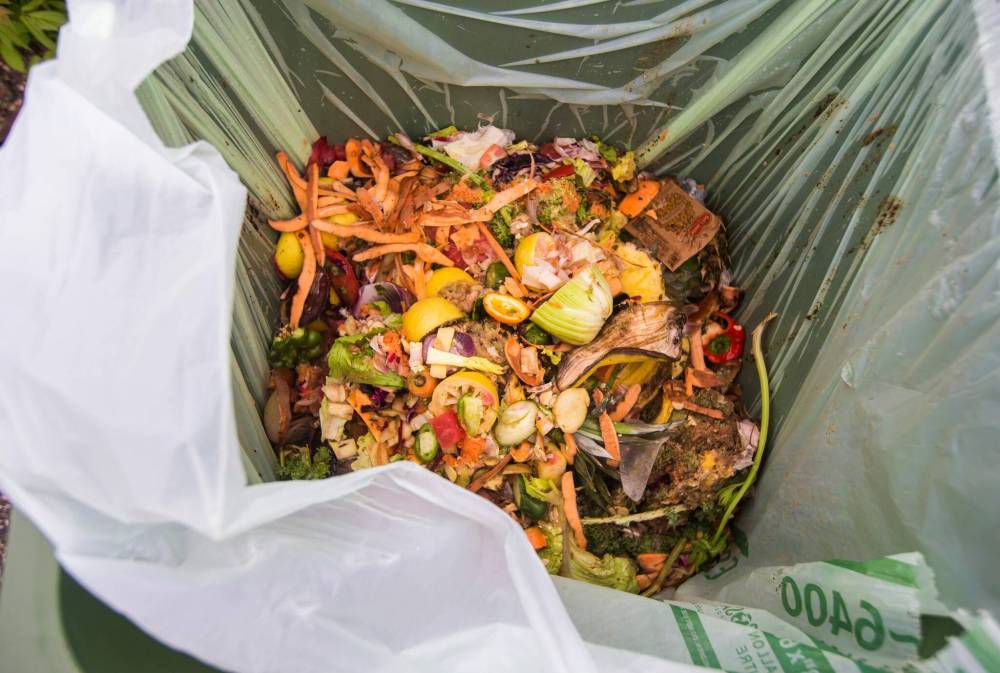
The first ever samples of soil and rock collected from the far side of the moon has revealed more recent lunar volcanic activity than expected, according to studies published in two journals last Friday. The samples were collected by China’s Chang’e 6, which became the first ever probe to touch down in the region in early June. The probe used its robotic arm to grab around 2 kg of lunar material from the Moon’s largest impact crater, the South Pole-Aitken basin (SPA basin), during its two-day sojourn on Luna’s surface.
By late June, the probe returned to Earth after a 53-day mission. China promised to share scientific data and access to the samples with the international community, and so far appears to have delivered as the results published in Science are cowritten by US and Chinese researchers, despite a 2011 law forbidding NASA funds being used for Chinese space research without special permission. One US researcher told media he had circumvented that law by working after hours.
Scientists in both Science and Nature evaluated the sample material using radiometric dating that analyzed isotope decay in the dark colored rock and believe it is a basalt that formed as lava cooled. Both papers conclude that the material is around 2.8 billion years old, meaning the area was volcanically active around that time.
That finding updates Apollo-era theories that supposed vulcanism had already ended in the region at the time. The theory was already on shaky (lunar) ground as China’s 2020 Chang’e 5 mission had already found basalt of similar vintage on the Moon’s near side. The two studies together suggest lava was present on Luna for longer than previously hypothesized.
The papers also report conspicuously absent or low levels of KREEP in the samples China brought down to Earth. KREEP is an acronym that stands for Potassium (K), Rare Earth Elements (REE), and Phosphorus (P). It refers to a heat-generating geochemical component found in certain types of lunar rocks, particularly in basalts.
It was found in the Apollo-era samples, but not in the haul from Change’6. In the early stages of the Moon’s history, the presence of KREEP in the mantle contributed to the heat necessary to drive volcanic activity. However, over time, as the KREEP-rich material was depleted or dissipated, the Moon's internal heat diminished, which could cause volcanic activity to slow down or stop – leaving us with the largely dormant rock that orbits our planet.
®.














